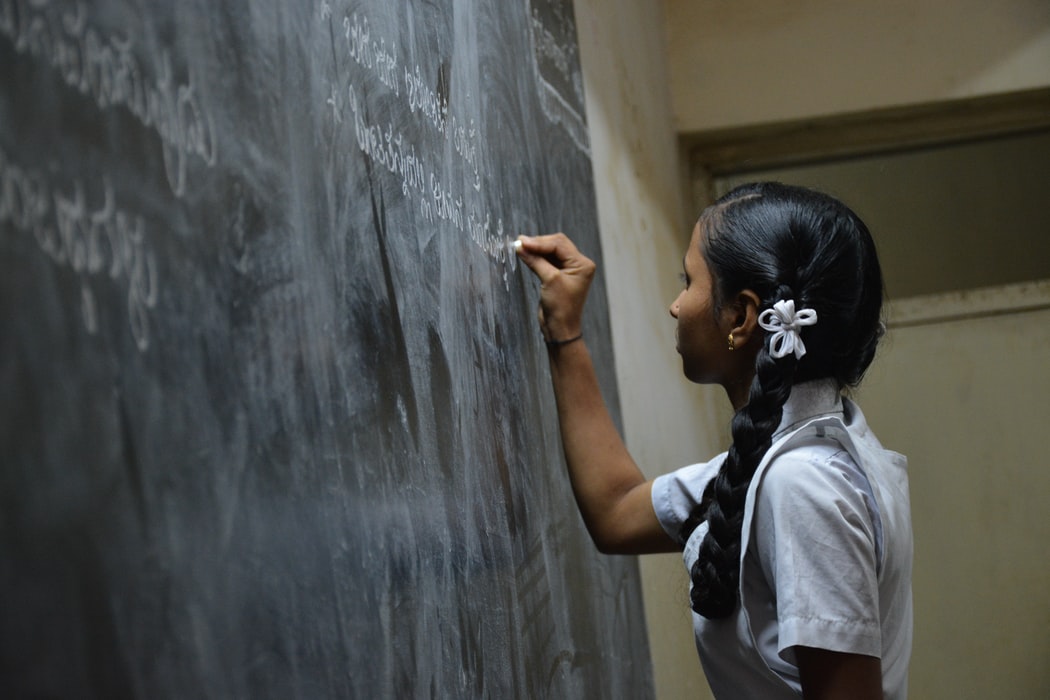The gender imbalance in STEM (Science, Technology, Engineering and Mathematics) related jobs in India is apparent even without examining statistics. A quick look at historical leadership positions in organizations allied with STEM such as CEOs of Biotech companies, Chairman of the Indian Space research Organization (ISRO), Director General of the Indian Council of Medical research (ICMR), Director of the All India Institute of Medical Sciences (AIIMS), Presidents of the Indian National Science Academy (INSA), Aeronautics Society of India (AeSI) and Indian Mathematical Society (IMS) to name a few, additionally highlights how stark this gap is among the higher ranks. 40% STEM graduates are women but they share only 14% STEM-associated jobs (PIB, January 2021) and this begs the question of why there is a disproportion between women choosing STEM education but not employment.
Government programs supporting the education of the girl child have had a substantial impact in increasing the numbers of primary and middle school educated girls. Incentives at the level of higher education in the form of reservations or financial support have vastly improved but not equalized the gender imbalance. Studying the gender composition of various disciplines in STEM education reveals intrinsic biases and perceptions of what constitutes a suitable job for a woman. Women receive tacit signals to condition their career choices not based on their own aptitude or interest but the convenience of a work schedule that allows them to fulfil their obligatory duties as care-givers. Thus, teaching-focused careers which usually have fixed and predictable hours are encouraged by parents over research-oriented careers within science. With respect to engineering, computer science is considered eminently more ‘suitable’ and only a few women graduate with degrees in fields like aeronautics, mechanical engineering or civil engineering with this number reducing even further when representation in core engineering jobs is considered.
Are we raising future daughters, sisters, or mothers and not future individuals?
Higher STEM education is often seen as an additional qualification to increase marriage prospects for girls rather than a means to make them financially secure individuals with the ability to make independent, informed choices. Learned behavioral traits that are important for developing STEM career goals in children such as decision making, critical thinking, curiosity and making independent choices outside of care-giving duties are either neglected or actively discouraged in a girl child from a young age. Family chores and activities such as assisting adults with minor electrical repairs, finance-associated tasks, playing computer games, household science experiments, help in the kitchen, cleaning and sewing are segregated based on gender. This fails to nurture interest and even leads to lack of awareness of certain STEM career options in young women. Preconceived notions, archaic attitudes (“girls are bad at mathematics”; “boys are better at engineering”, “biology needs a lot of memorization which suits girls”, “girls are caring so should become nurses”, “women can’t be surgeons, they are too delicate/emotional”) condition and limit a certain STEM expertise or profession with a gender. This conditioning may not always be obvious even to the most educated among us and may unintentionally trickle down to those we have influence over.
Science, Technology, Engineering and Mathematics and not diamonds are a girl’s best friend!
Encouraging gender equity in STEM careers needs diverse approaches at various levels but the foundation has to be laid early on. The thinking that gender is not a limiting factor for a career choice should be encouraged from a young age in all children using real-life role models and literature centered on the idea. Awareness about the current existence of implicit or obvious situations of gender bias and discussions about specific situations should be a part of education at all levels. Women from all socio-economic backgrounds should have free, accessible avenues to learn about the various career options in STEM through workshops, community initiatives and CSR endeavors. The latter will ensure that they themselves can either be inspired, bring awareness to people under their influence, not participate in gender bias themselves and help create a support system that bridges the gender gap in STEM careers.
Rama Akondy is an Associate professor of Biology in the Trivedi school of Biosciences. She received her PhD from the National Institute of Immunology (New Delhi, India) and worked at Emory University (Atlanta, USA) first as a post-doctoral researcher and then as junior faculty. Her primary area of interest is understanding immunological memory in humans by observing how our immune system reacts to viruses, vaccines and tutors. Her proudest moment has been when a figure from her paper made it to a textbook! (Plotkin’s Vaccines).
We publish all articles under a Creative Commons Attribution-Noderivatives license. This means any news organisation, blog, website, newspaper or newsletter can republish our pieces for free, provided they attribute the original source (OpenAxis).

